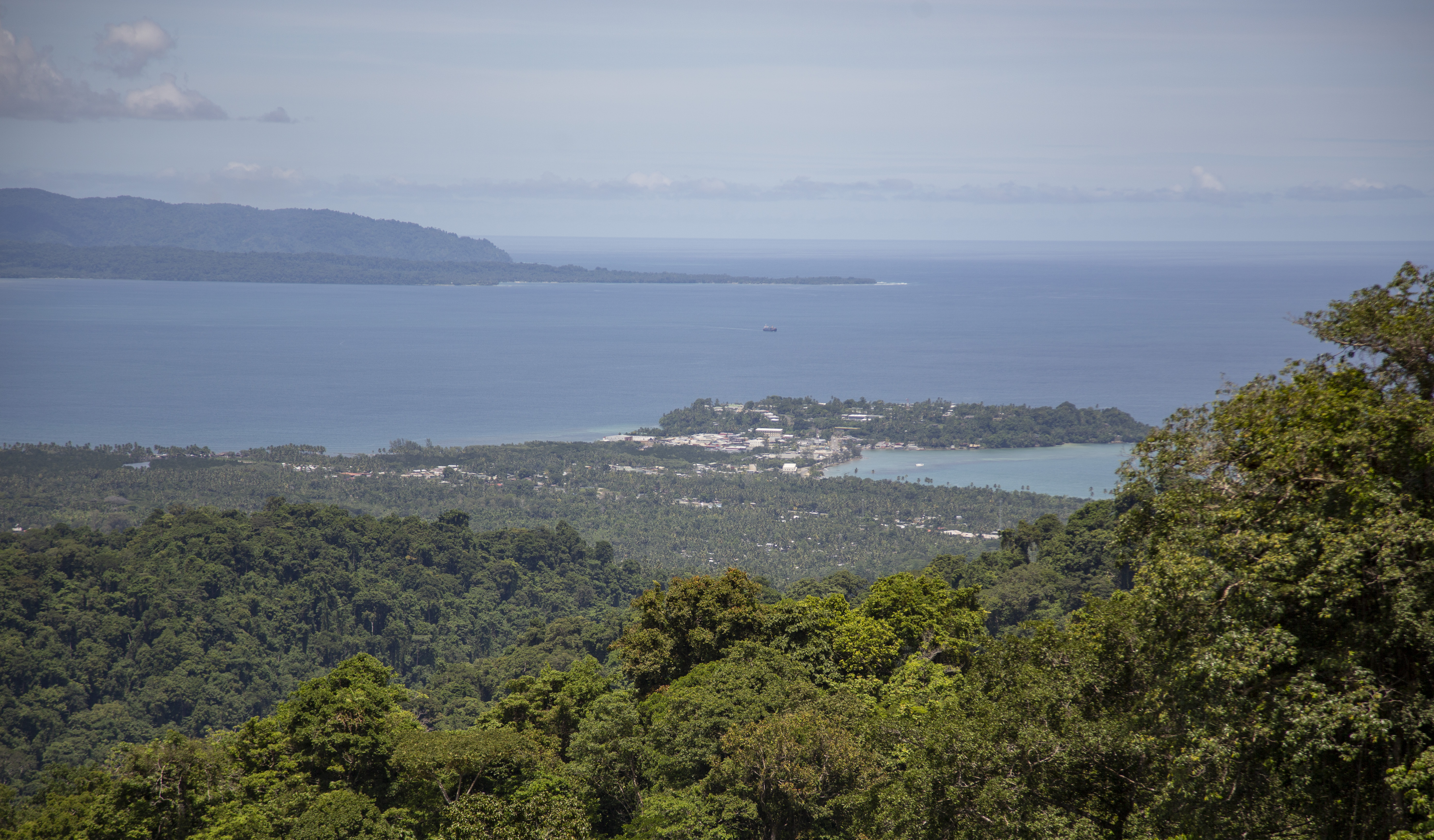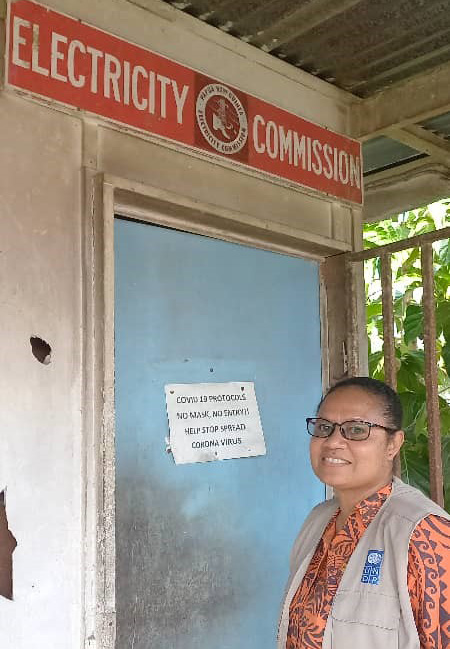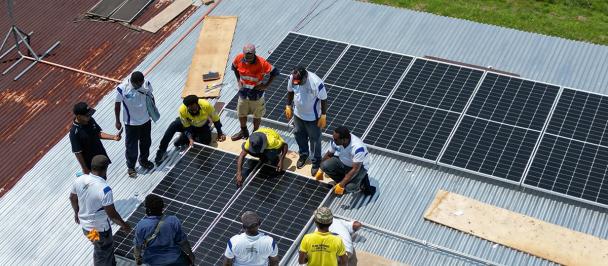Wewak is a coastal town with a rich history. Culturally it is home to the mighty Sepik River and the Haus Tambaran.
Working towards an energy efficient East Sepik Province
August 31, 2022

Wewak Township. Electricity to the township is supplied by diesel-powered generators.
Wewak is a growing town with an economy, in most parts, dependent on subsistence farming, fishing, vanilla and cocoa. And with a growing town, the demand for energy consumption increases. The township uses diesel-powered generators to supply electricity, mainly to the town area. The surrounding villages depend on biomass fuel from wood, petroleum-based kerosene, candle wax and diesel for cooking or lighting and solar-charged batteries for mobile phone communications.
With a growing population and improving economy, how will the province meet the demand for energy consumption? Could clean, renewable energy be a solution to addressing these demands? Could an audit be done to look at using energy efficiency to improve this?
The Facilitating Renewable Energy and Energy Efficiency (FREAGER) Project implemented by the United Nations Development Project, for over a year, looked at answering these questions. East Sepik Province was selected as a target site of the FREAGER project following an official request from the provincial government. The province agreed to support this climate mitigation project with UNDP and the Climate Change and Development Authority to demonstrate the benefits of energy efficiency because of the province's reliance on diesel-generated electricity in two of its major towns.

Ms Gretel Orake, Project Manager of FREAGER - in Maprik, East Sepik Province
"We tried to demonstrate that if we change the lights and cooling systems with ones that use less energy, then we would place less demand on the power generation system, therefore reduce the use of diesel and lower the emission of greenhouse gasses. Any energy saved could also be used to service growing demands," said Ms Orake, FREAGER's project manager.
The project has completed audits of entities that were the highest users of electricity in Maprik and Wewak towns.'
The audits were necessary to inform retrofitting plans for each entity. Each plan outlines the energy demand of the entity, identifies electrical appliances that could be replaced with ones that use less energy, the cost of this replacement and the savings made on electricity bills if the replacements were done.
The FREAGER project also worked with the East Sepik Provincial Administration and other key stakeholders to develop a renewable energy and energy efficiency plan (REEEP) for the province. The REEEP identifies the energy demand of the province and aligns this with the potential for using renewable energy and energy efficiency options in the province to meet these demands. It describes the renewable energy and energy efficiency market and identifies opportunities for RE and EE including off-grid markets and the market barriers.
The plans identify various implementation strategies and recommendations as well. The strategies cover:
- Policy, Legal and Regulatory Framework.
- Financing Mechanisms.
- Awareness, Capacity Building and Training.
- Research & Development and Technology Innovation.
- Gender Considerations.
- Management and Implementation.
The REEEP for East Sepik recognizes the importance of the agriculture and fisheries sectors to rural livelihoods in East Sepik Province and recommends the provincial government to take several measures to promote the uptake of renewable energy-powered productive use appliances in these value chains – including RE-powered irrigation, cooling and refrigeration and agro-processing applications. There are also many other opportunities for clean energy technologies and solutions, such as the implementation of solar-powered streetlights, the use of solar energy in the daily operations of public sector facilities (schools, hospitals etc.) and in supporting the tourism sector.
With a growing population and improving economy, how will the province meet the demand for energy consumption? Could clean, renewable energy be a solution to addressing these demands? Could an audit be done to look at using energy efficiency to improve this?

 Locations
Locations



